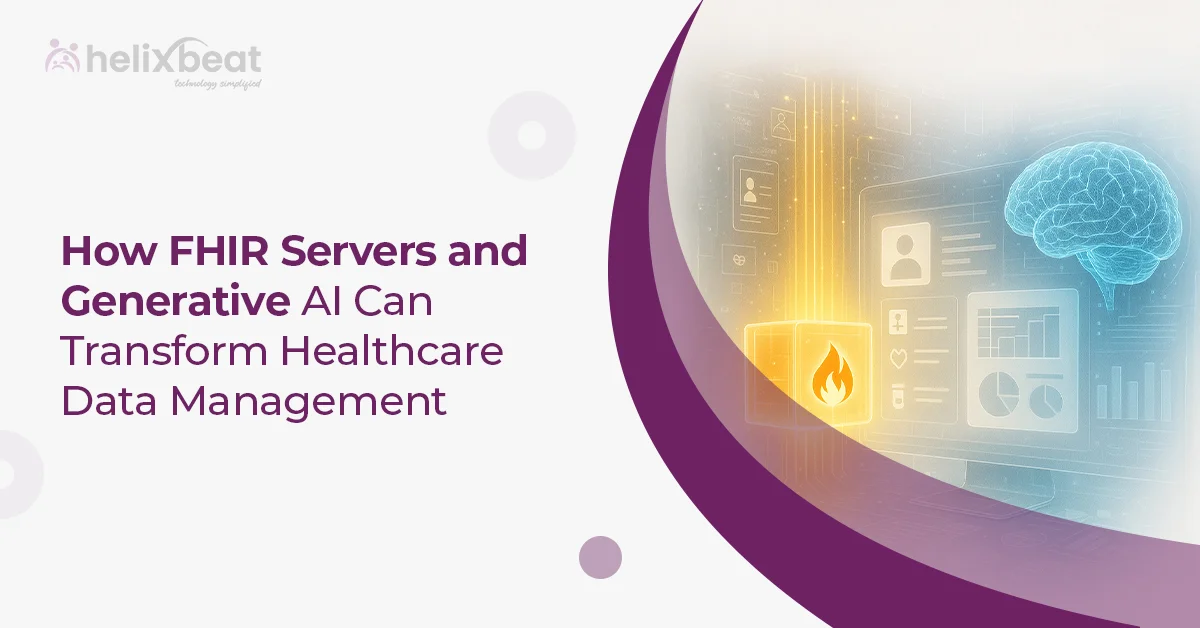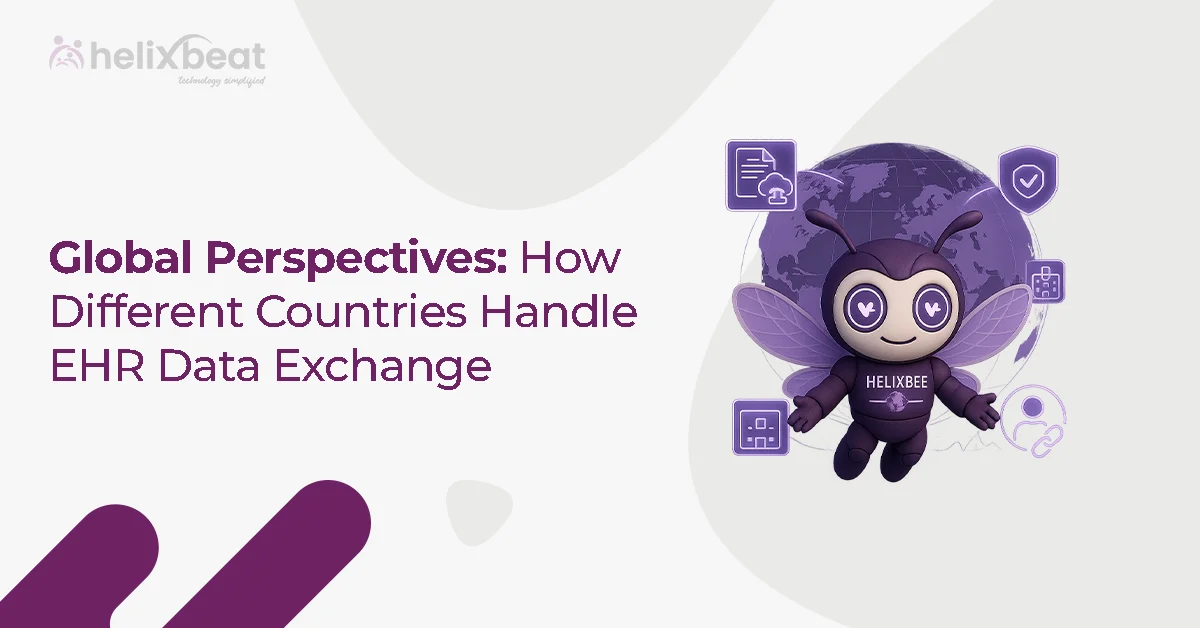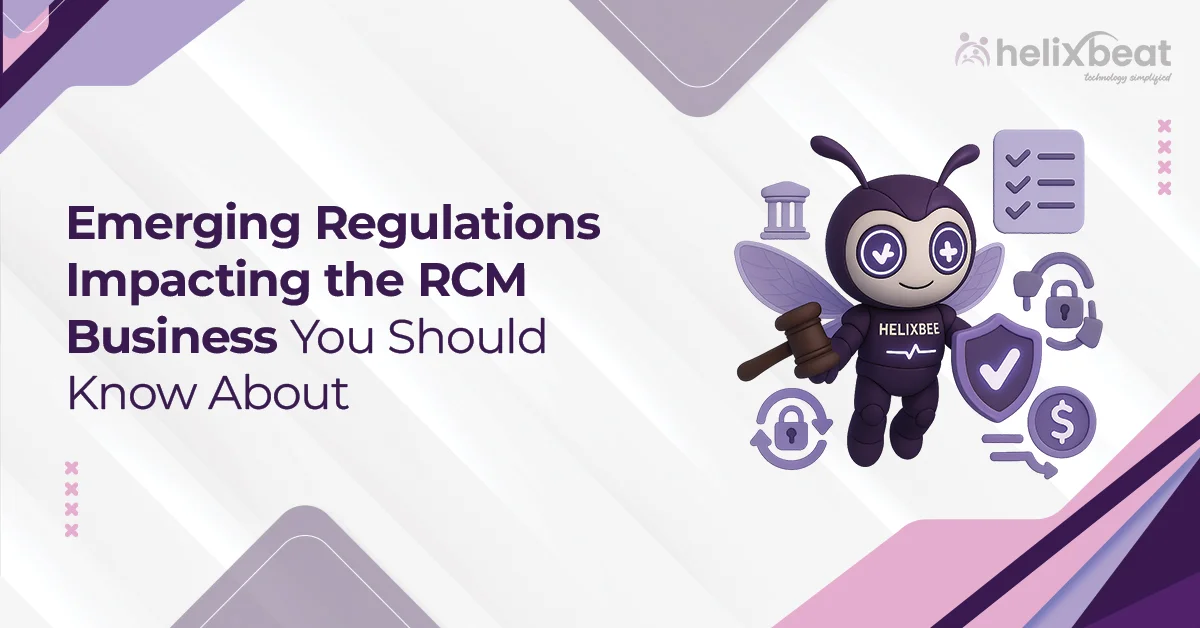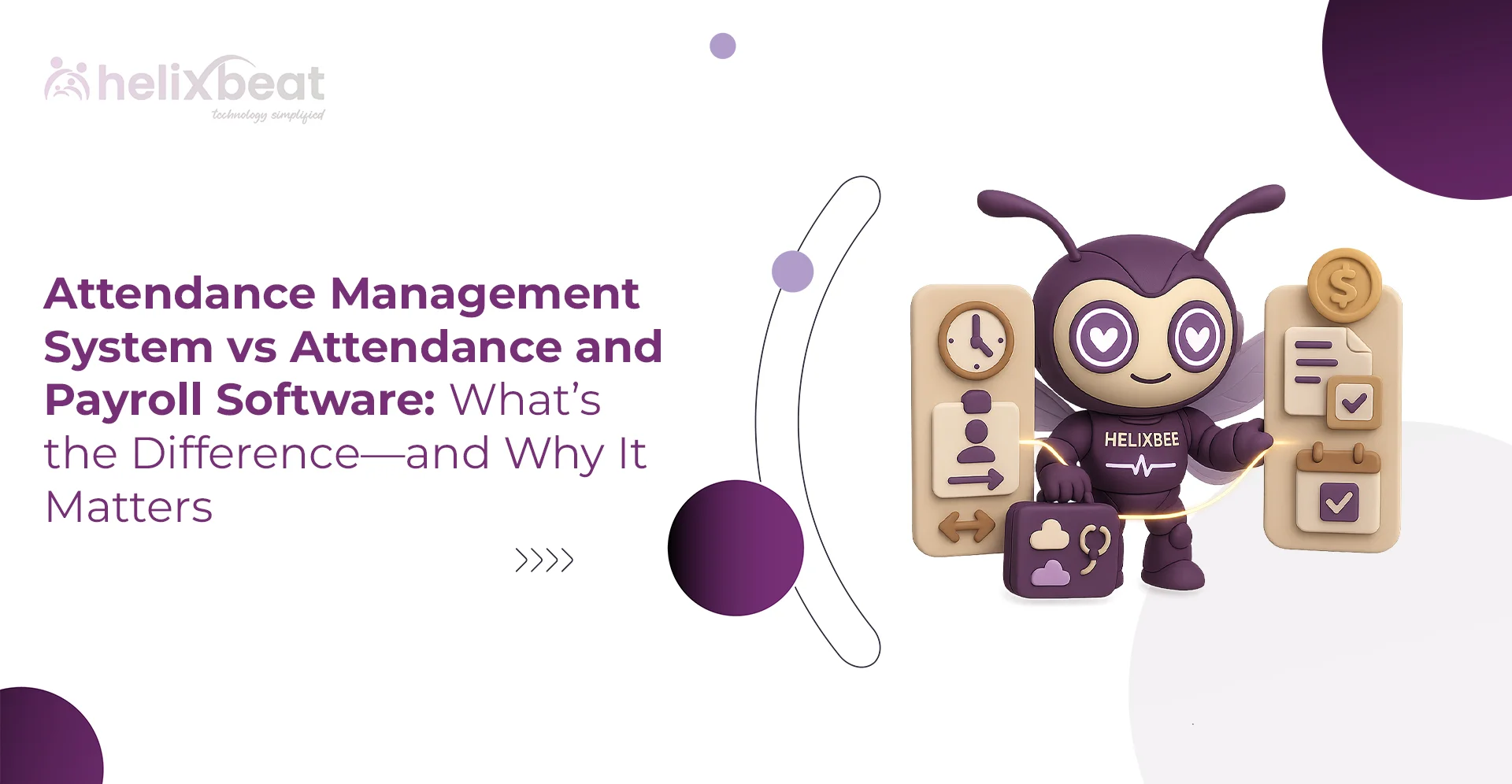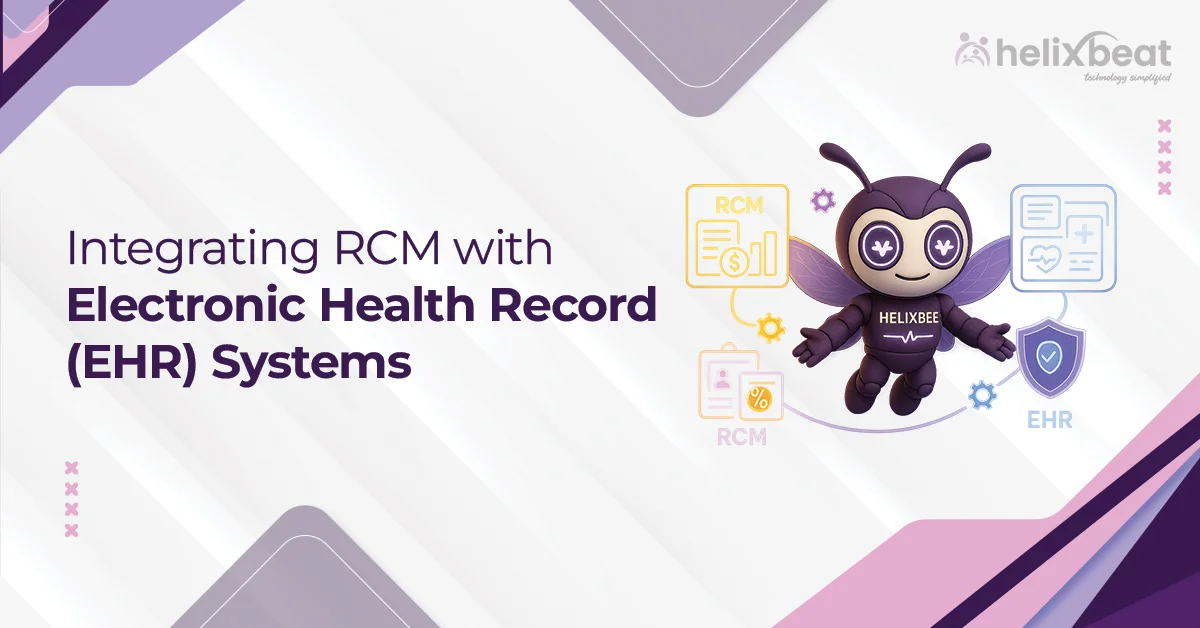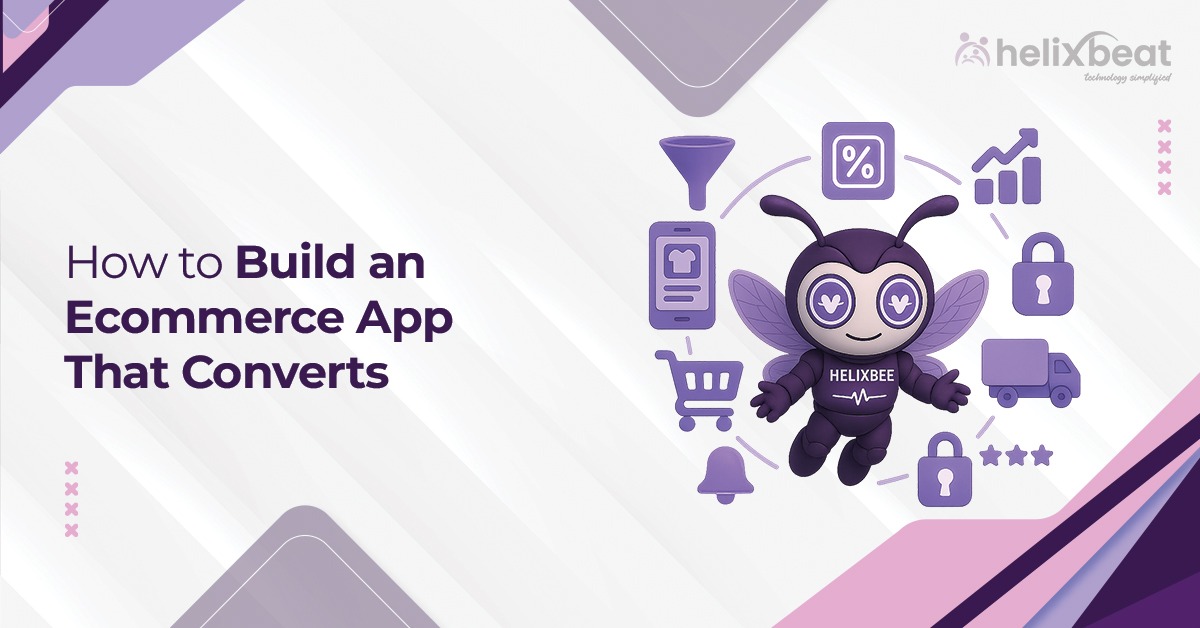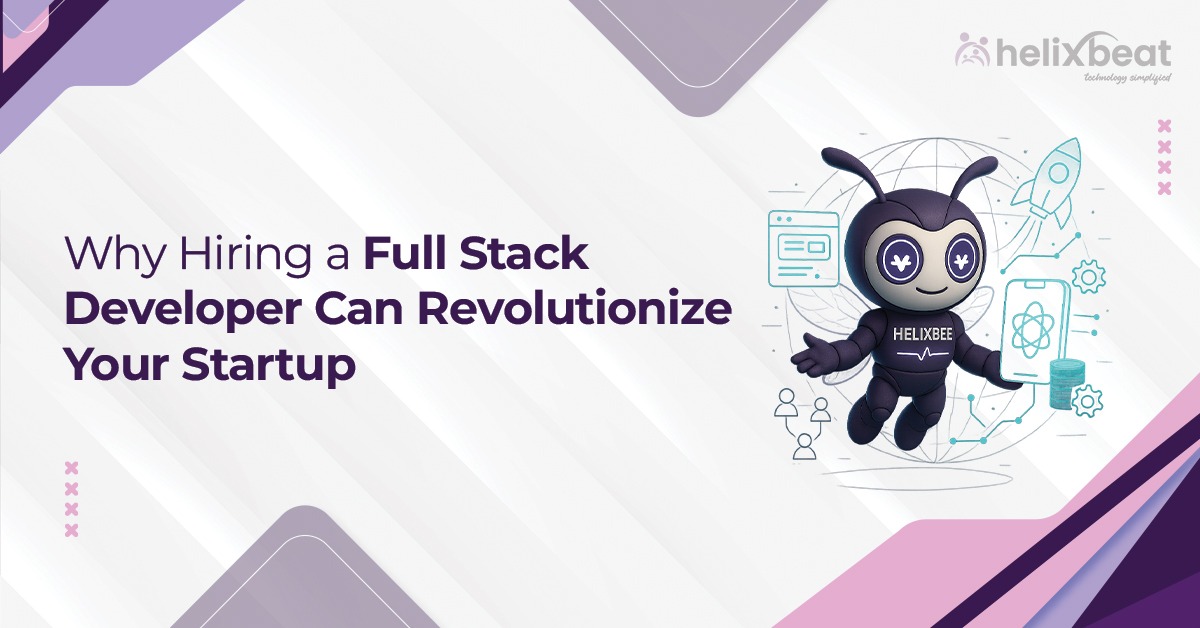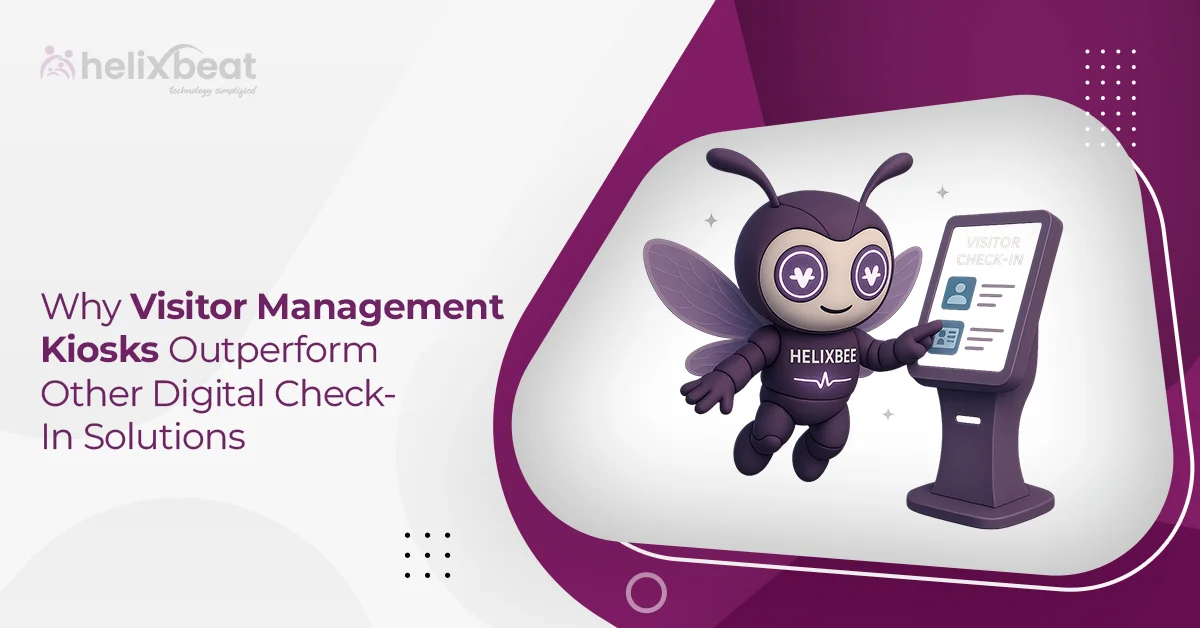In 2025, one thing is crystal clear: healthcare needs more than just digitisation—it needs intelligent, interoperable, and adaptive systems. Managing vast volumes of patient data across hospitals, laboratories, clinics, insurance providers, and wearable devices is a Herculean task. And that’s where the synergy of FHIR servers and Generative AI starts to change the game.
Let’s look at the numbers. According to a recent report by Statista, the global healthcare data volume is expected to reach 2,314 exabytes by 2030, representing a significant increase from 153 exabytes in 2020. Yet, nearly 80% of healthcare data remains unstructured—hidden in PDFS, doctors’ notes, and medical images.
The solution? Standardise, connect, and then supercharge that data with AI. That’s exactly what FHIR servers and FHIR-powered AI solutions are doing. Let’s explore how this powerful combo is transforming healthcare data management for the better.
Table of Contents
Understanding the Basics: FHIR Servers and Generative AI
What Is a FHIR Servers?
FHIR (Fast Healthcare Interoperability Resources), developed by the Health Level Seven (HL7) organisation, is a standard for exchanging healthcare information electronically. A FHIR server is a cloud-based or on-premise repository that stores and manages healthcare data using standardised formats called FHIR resources (e.g., Patient, Observation, Medication, Encounter, etc.).
These servers expose RESTful APIs that allow healthcare systems, providers, and applications to exchange data in a secure and consistent way. FHIR enables interoperability between hospitals, labs, pharmacies, mobile apps, and wearables, creating a centralised, standardised data exchange ecosystem.
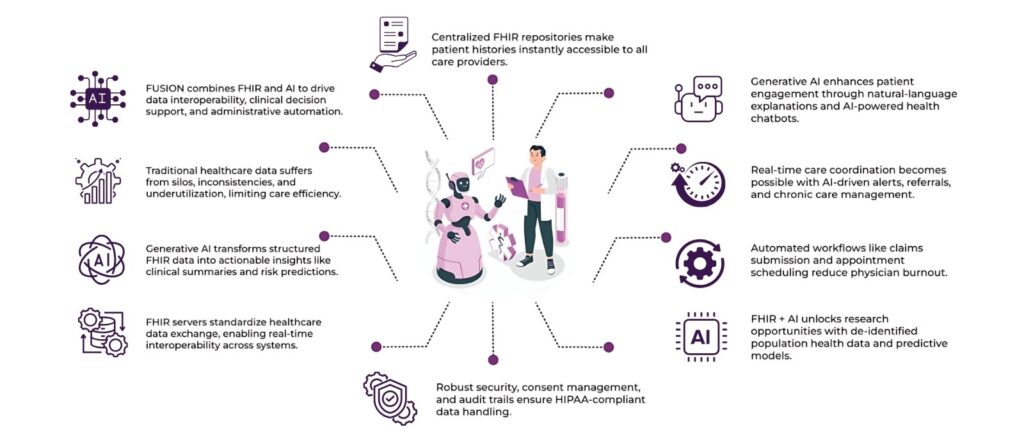
What Is Generative AI?
Generative AI in healthcare interoperability refers to artificial intelligence models, like GPT, that can generate human-like text, images, or other content based on trained data. In the context of healthcare, Generative AI in healthcare interoperability can:
- Summarize clinical notes
- Generate discharge instructions
- Translate complex medical jargon into patient-friendly language
- Predict treatment pathways
- Assist in diagnostics and care recommendations
The Problem with Traditional Healthcare Data Management
Healthcare providers manage vast amounts of data daily, ranging from lab results, imaging, prescriptions, claims, clinical notes, and patient-reported outcomes. However, this valuable data often faces significant challenges in the current healthcare system.
One of the primary issues is the siloing of data across different departments and platforms. Medical records are often isolated in various systems such as EHRs (Electronic Health Records), PACS (Picture Archiving and Communication Systems), and lab databases, making it difficult to get a complete view of a patient’s health history. This fragmentation leads to inefficiencies, as different specialists and healthcare teams may not have access to the same information.
Additionally, healthcare data is inconsistent in format and structure. For example, one system might record patient allergies in a free-text field, while another uses structured data fields. These discrepancies complicate data sharing and integration, reducing the overall utility of the information.
The lack of standardisation further exacerbates this issue, making it difficult to transfer data between institutions or even between different internal departments, resulting in unnecessary tests, delayed diagnoses, and care delays.
Lastly, much of the healthcare data remains underutilised for predictive analytics or personalised care. Without proper tools to harness this data, the opportunity to prevent illnesses or offer tailored treatments is often lost, leaving patients with a fragmented care experience.
FUSION: Bridging the Gap with FHIR and AI
FUSION leverages the HL7 FHIR standard as a backbone for seamless data exchange and overlays Generative AI in healthcare interoperability to unlock the full potential of clinical and administrative data. Together, they address four major healthcare challenges:
- Data Interoperability
- Clinical Decision Support
- Administrative Efficiency
- Patient Engagement
Let’s explore how this works.
1. Centralized Data Management with FHIR Servers
At the core of the solution is a robust FHIR servers, which serves as the centralized repository for standardized healthcare data. It allows all stakeholders—clinicians, labs, pharmacies, patients—to access and exchange information in real time.
Key Features:
- Resource Normalization: Transforms data from multiple sources (HL7 v2, CDA, DICOM, etc.) into FHIR-compatible resources.
- RESTful APIs: Enable easy integration with third-party apps, EHR systems, and mobile health tools.
- Secure Access: Through OAuth2, role-based access, and consent-based sharing.
Example:
Sarah, a diabetic patient, sees multiple specialists. With FHIR integration, all providers access a unified view of Sarah’s health history—no more repeated tests or fragmented care.
2. Enhancing Intelligence with Generative AI
Once the data is structured and centralized in FHIR format, Generative AI in healthcare interoperability steps in to make it actionable and insightful.
AI Applications in Data Interpretation:
- Clinical Summarization: Generates real-time patient summaries from complex medical notes.
- Risk Stratification: Identifies high-risk patients by analyzing patterns in FHIR datasets.
- Automated Documentation: Transcribes and generates SOAP notes or discharge summaries.
- Question Answering Systems: Patients or providers can ask natural-language questions and get AI-driven responses using the FHIR database.
Example:
A provider asks, “What were Sarah’s last three A1C levels and associated medications?”
The AI fetches data from FHIR resources (Observation, MedicationRequest) and summarizes it in seconds.
3. Real-Time Care Coordination
FHIR servers makes it possible to share patient data in real time across systems. When paired with AI, this enables smart care coordination.
Use Cases:
- Telemedicine: Virtual consults supported by instant access to health history, labs, and vitals.
- Referral Automation: AI can generate referral letters with attached FHIR data for seamless transitions.
- Chronic Care Plans: Unified care plans (CarePlan resources) dynamically updated and shared with all stakeholders.
Example:
When Sarah’s blood sugar levels spike (reported via her wearable), an AI-driven alert is triggered. Her endocrinologist and dietitian are notified, and a care plan adjustment is proposed
4. Advanced Patient Engagement
FHIR servers enables patients to access their health data, and Generative AI empowers them to understand and act on it.
Capabilities:
- Personal Health Record Apps: Patients view their FHIR servers data through user-friendly apps.
- AI Chatbots: Explain lab results, medication instructions, or chronic care guidance in simple terms.
- Consent Management: Patients choose what data to share, with whom, and for how long.
Example:
Sarah asks, “Why was I prescribed Metformin?”
The AI explains the medication, connects it to her glucose readings, and shows how it aligns with her care plan.
5. Unlocking Research and Population Health Insights
A FHIR-powered AI solutions, AI-augmented data infrastructure allows researchers and public health officials to derive trends, track diseases, and design targeted interventions.
Applications:
- De-identified Population Health Data
- Clinical Trial Recruitment
- AI-Driven Epidemiology Models
Example:
During flu season, the system analyzes FHIR-based encounter data and alerts health authorities about outbreak clusters.
6. Automating Administrative Workflow
Administrative burden is one of the leading causes of physician burnout. AI and FHIR servers work together to automate routine tasks.
Automations:
- Claims Submission: Auto-generates and submits insurance claims using standardised data.
- Pre-Authorisation Support: AI checks payer rules and FHIR-based patient data to streamline prior authorisations.
- Appointment Coordination: Auto-scheduling follows up based on care plans and availability.
Example:
Sarah’s specialist prescribes new medication. The system auto-fills the pharmacy prescription, triggers insurance approval, and schedules a follow-up—all within minutes.
7. Ensuring Security and Compliance
FHIR-powered AI solutions like FUSION incorporate industry-leading security protocols, and AI respects user-defined privacy constraints.
Compliance:
- End-to-End Encryption: TLS and AES protocols secure data at rest and in transit.
- Consent-Based Sharing: HIPAA-Compliant Permission Models for Data Access.
- Audit Logs: Every data interaction is tracked and logged for transparency.
Real-World Example: Smart Diabetes Management with FHIR and Generative AI
Sarah is a 45-year-old woman with Type 2 diabetes. She uses a mobile health app connected to her glucose monitor, medication tracker, and hospital’s electronic health record (EHR) system. All her health data—glucose levels, prescriptions, doctor visits, and lab reports—are stored in a FHIR servers, enabling standardized and real-time data sharing.
One day, Sarah’s blood sugar spikes significantly. The system pulls her recent vitals from the Observation resource, medication details from MedicationRequest, and clinical notes from Encounter records. A Generative AI model instantly analyzes the data and generates a plain-language alert for Sarah: “Your glucose levels have been higher than normal for 3 days. This could be due to missed medication or dietary changes. Please schedule a check-up.”
Simultaneously, her endocrinologist receives an AI-generated summary of her last month’s readings, medications, and a suggested treatment adjustment. With a single click, the doctor updates Sarah’s care plan, and an AI assistant sends her personalized guidance in simple language.
Thanks to the seamless collaboration between FHIR interoperability and Generative AI intelligence, Sarah receives proactive, personalized care without delays—improving her health outcomes and reducing the risk of complications.
Conclusion
The convergence of FHIR servers and Generative AI is not just a technological advancement—it’s a strategic necessity. As healthcare systems worldwide strive for better outcomes, cost-efficiency, and patient satisfaction, this fusion offers a clear path forward.
Whether you’re a provider, a payer, or a patient, the message is clear: the future of healthcare lies in intelligent interoperability, and FHIR + AI is leading the way.
Welcome to the FUSION era—where data speaks, systems listen, and care gets smarter.
FAQs
1. What are FHIR servers, and how do they work in healthcare?
FHIR servers store and manage healthcare data using standardized formats. They allow secure, consistent data exchange across healthcare systems using RESTful APIs, ensuring interoperability.
2. How does Generative AI improve healthcare data management?
Generative AI analyzes patient data to generate insights, summarize clinical notes, predict treatment paths, and assist with diagnostics, enhancing decision-making and personalized care.
3. What challenges do FHIR servers and Generative AI address in healthcare?
They address data fragmentation, inconsistent formats, and lack of real-time access, improving data sharing, interpretation, and decision-making.
4. How does FHIR and AI integration improve patient care coordination?
FHIR enables real-time data sharing, while AI generates insights and alerts, allowing healthcare providers to collaborate and adjust care plans efficiently.
5. What are some real-world examples of FHIR and Generative AI working together in healthcare?
For instance, AI analyzes diabetic patients’ glucose levels and generates alerts, helping patients and doctors take proactive action for better health outcomes.
6. How do FHIR and AI solutions ensure data security and compliance?
FHIR and AI use encryption (TLS, AES), consent-based sharing for HIPAA compliance, and audit logs to ensure secure, transparent data management.



